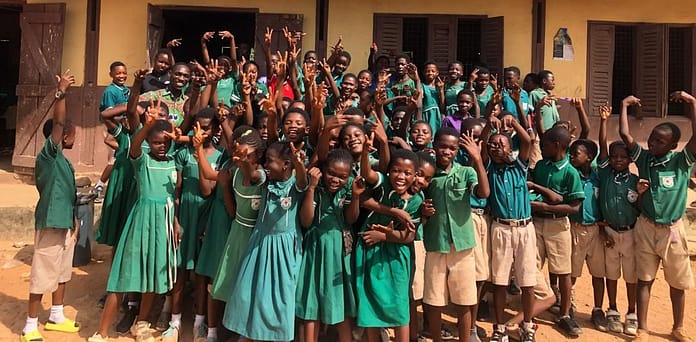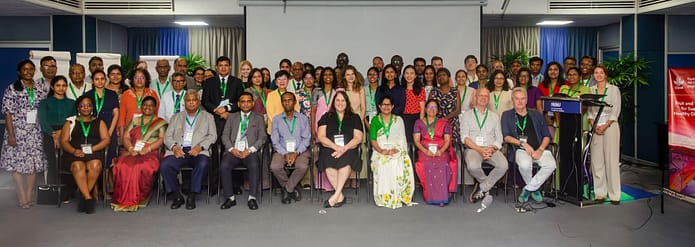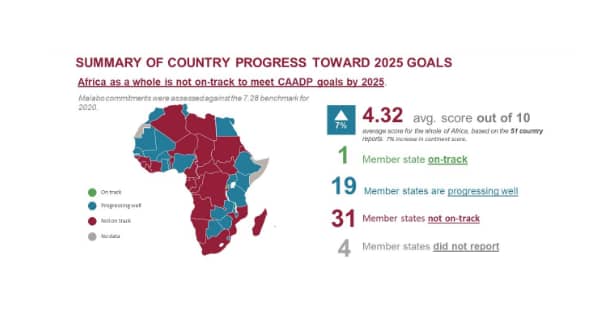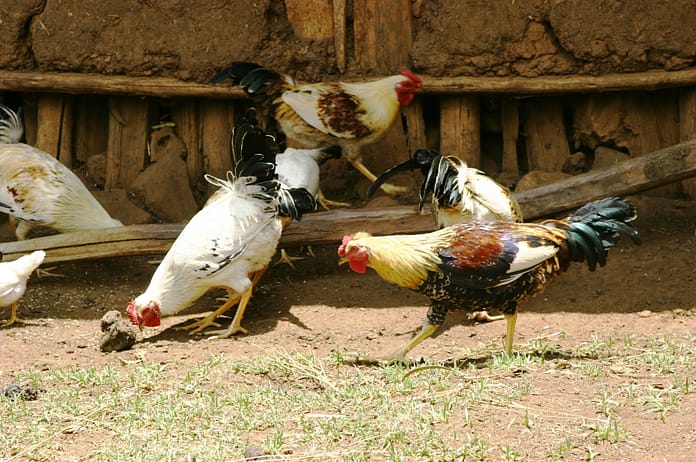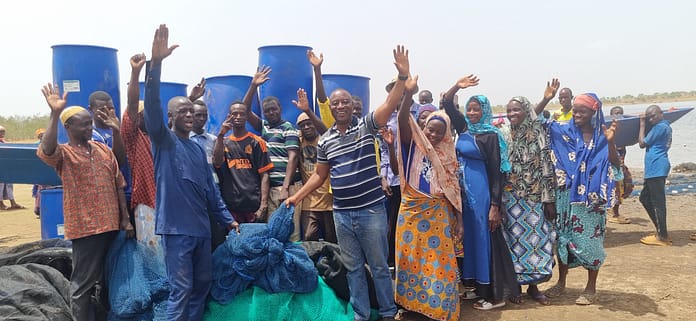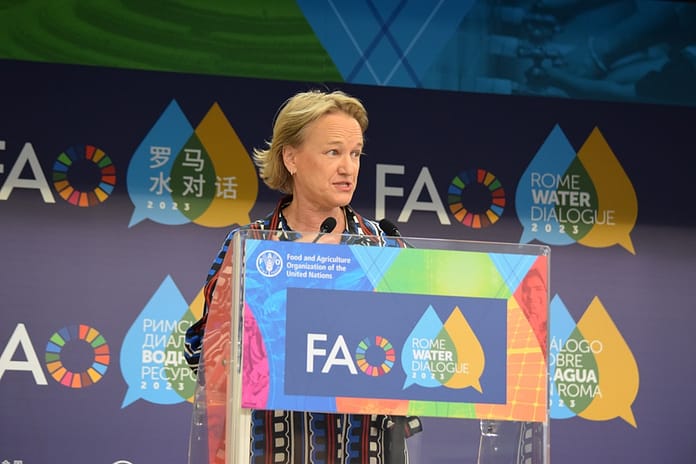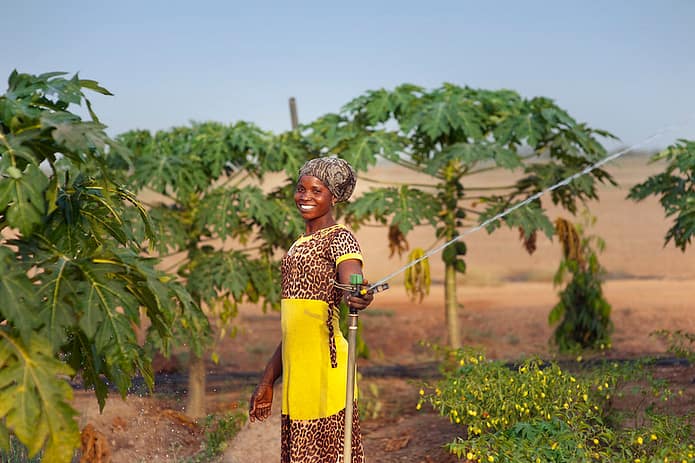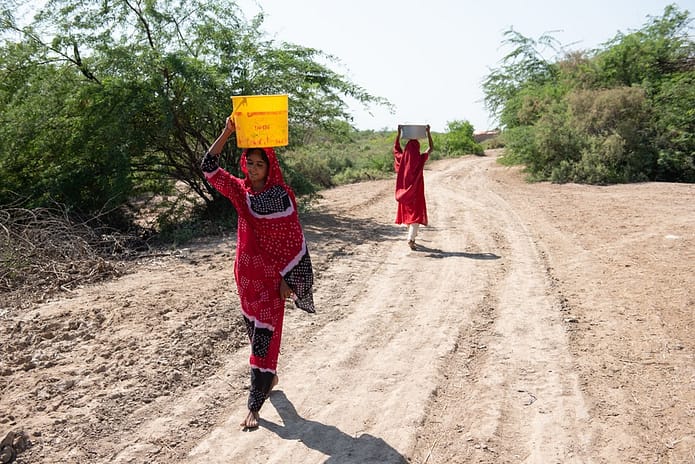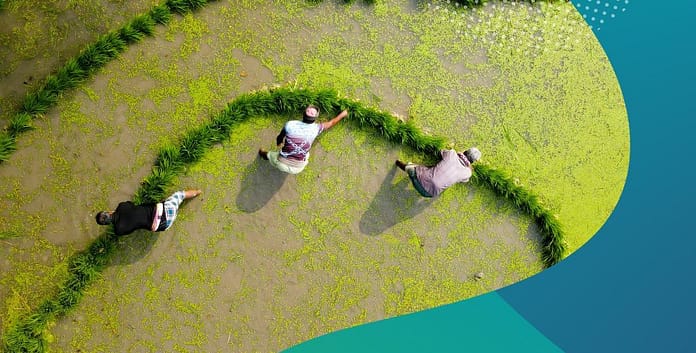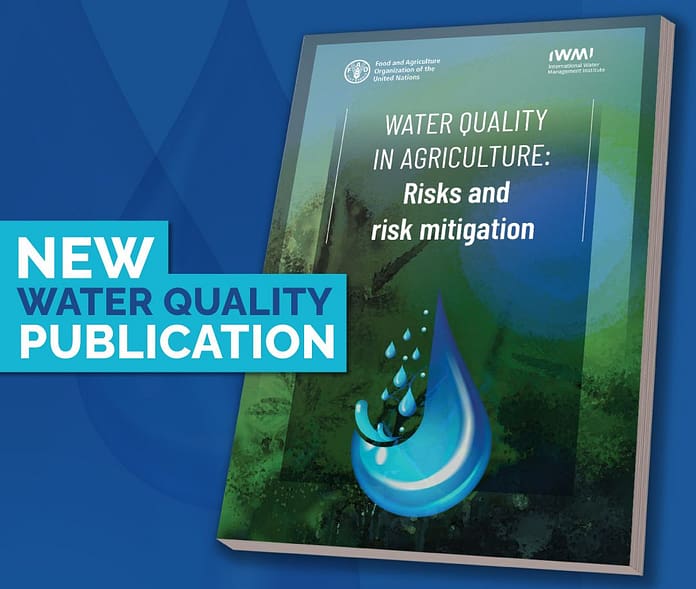United Nations’ Sustainable Development Goal 6 aims to ensure clean water and sanitation for all. The two are closely interconnected: a lack of adequate sanitation and waste management infrastructure and processes has long-term negative impacts on water supply and quality.

Several countries have successfully introduced initiatives to address sanitation knowledge and infrastructure gaps ‘before the flush’. These include increasing access to toilets in India and ending open defecation in Nepal. But what happens ‘after the flush’?
Josiane Nikiema
The target level of provision set by SDG 6 is of ‘safely managed sanitation’. This means providing everyone with a toilet that is linked to a system of safe waste management. Although some progress has been made, more than 57% of human waste globally is not captured, transported, treated or disposed of in a way that safely contains pathogens which can cause disease.
Insufficient financing and lack of capacity are two main reasons why safe waste management can fail. An IWMI-led project in Ghana aims to address both these issues by capturing value (‘CapVal’) from human waste in ways that support a circular economy.
“The limited availability of sewer systems means that more than 90% of urban dwellers in Ghana rely on on-site sanitation systems such as septic tanks or pit latrines,” explains Dr Josiane Nikiema, the IWMI scientist leading the CapVal project. “In contrast to a sewer connection that conveys the wastewater and excreta to a treatment plant, septic tanks and pit latrines have to be emptied on a periodic basis to remove the waste – or fecal sludge – accumulated in them.”
She adds: “The production of wastewater and fecal sludge is increasing with population growth. The CapVal project is implementing several resource recovery and reuse solutions that have significant potential to incentivize more investments in sanitation planning and management in Ghana and beyond.”
Recycled wastewater for aquaculture
One solution is the use of water from effluents for urban and peri-urban aquaculture. Household effluent from a community of about 1,800 people in the southern city of Kumasi is directed into a wastewater treatment plant comprising, among others, five stabilization ponds. Fish are raised in the last (maturation) ponds where water quality is sufficiently high.
Different scenarios, such as stocking density and the sale of fresh versus smoked fish, were tested to find the optimum revenue-generation model. By the second year, revenue from fish sales was enough to cover 60% of the plant’s operating and maintenance costs.
In 2020, a greenhouse was installed at the plant. Wastewater generated from the hatchery and grow-out tanks is channeled to the greenhouse to grow vegetables in aquaponics. These vegetables are also sold, helping to diversify the plant’s revenue streams.
From fecal sludge to nutrient-rich fertilizer
In Somanya in the Yilo-Krobo Municipal Assembly, the project has supported the construction of a composting facility. Operated by Jekora Ventures Limited, the facility can produce 200 tonnes of nutrient-rich fertilizer annually, by transforming up to 5,000 cubic meters of municipal fecal sludge and at least 300 tonnes of organic waste.
The fertilizer is produced by drying fecal sludge on beds of sand. The dried sludge is then mixed with organic waste, mainly food waste collected from local markets, and ‘co-composted’ for three months. This involves regular heaping, moistening and turning of the material as it decomposes. Heat generated in the process kills any pathogens, resulting in a product that meets the safety standards set by the World Health Organization for reuse of human excreta. After it is certified by the government, the fertilizer will be sold to local farmers as an affordable alternative to imported variants.
Several activities at the facility have been delayed due to Covid-19 travel restrictions. Once fully operational, however, the facility is expected to create at least 40 jobs (CapVal 2020 technical report). Particular attention will be paid to the recruitment of women and young people.
Boosting local capacity
As part of the project, IWMI has developed a series of trainings for public and private sector actors. Covering real-life business cases, the trainings are designed to enhance participants’ ability to identify appropriate models for re-using different waste products. Specific attention will be given to the various partnership and financing options for starting and scaling up circular economy business models.
“By capturing the value of waste, the project aims to show that waste-treatment facilities can be sustainably operated in the long run,” says Dr. Nikiema “Additional investments in this area could have far-reaching impacts not only on sanitation but on health, food security and poverty eradication as well.”


